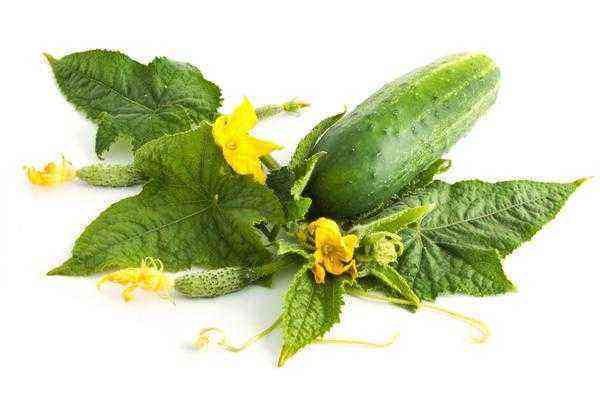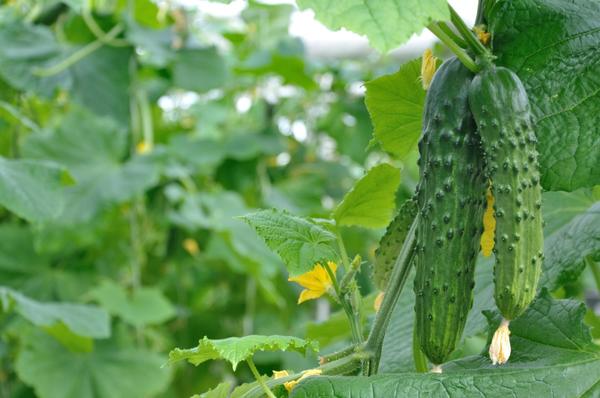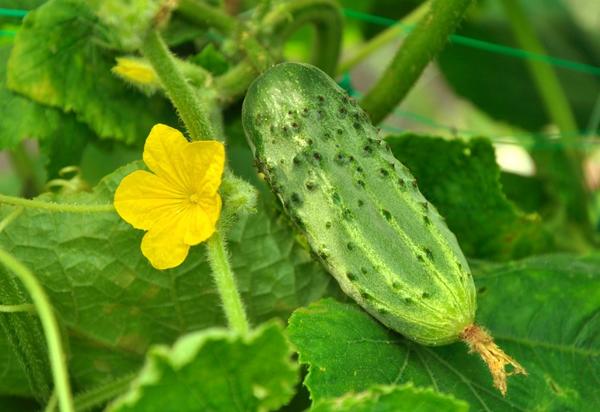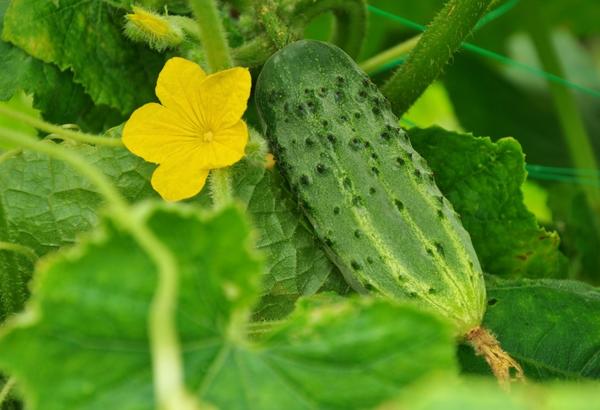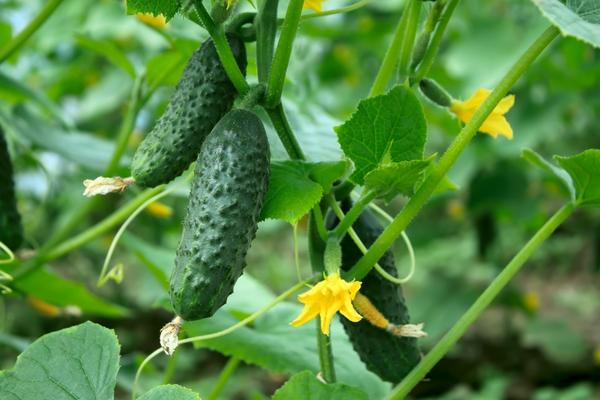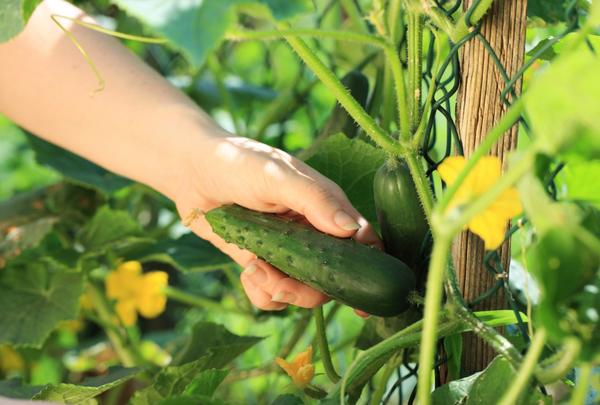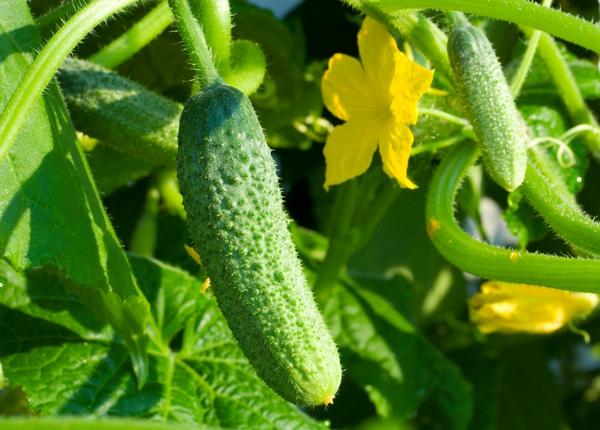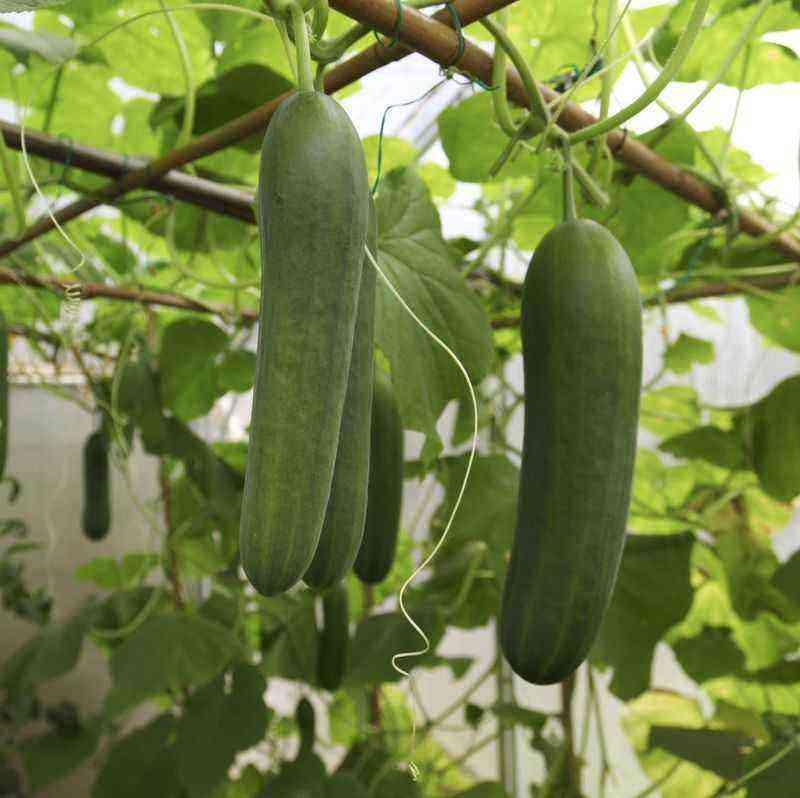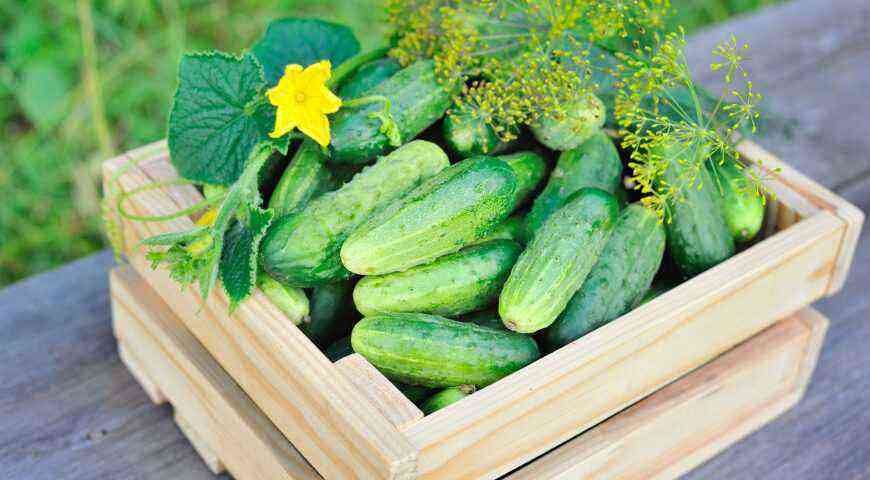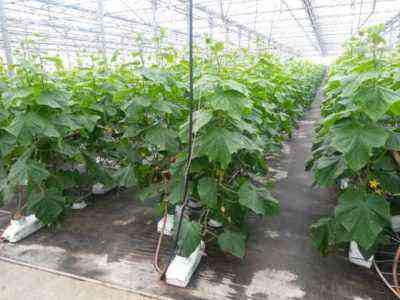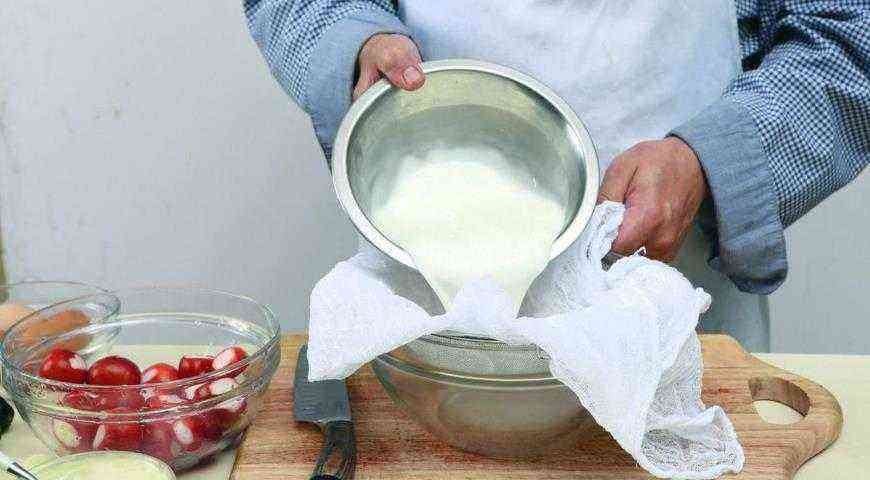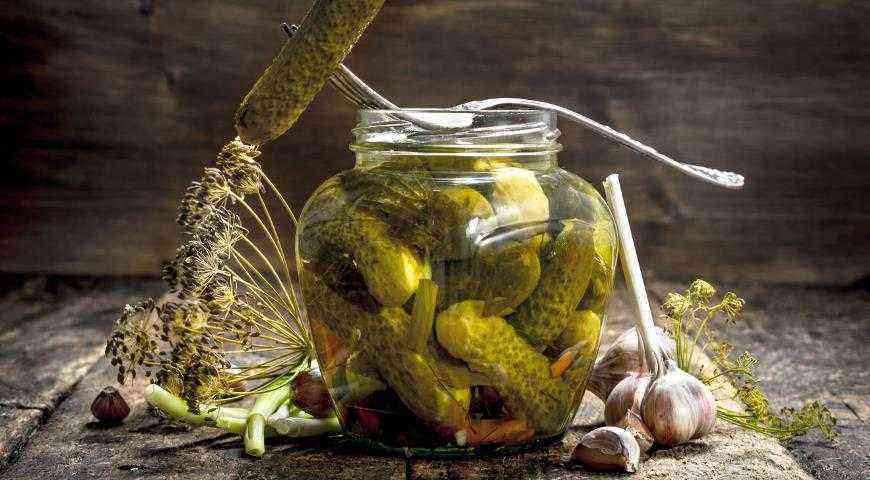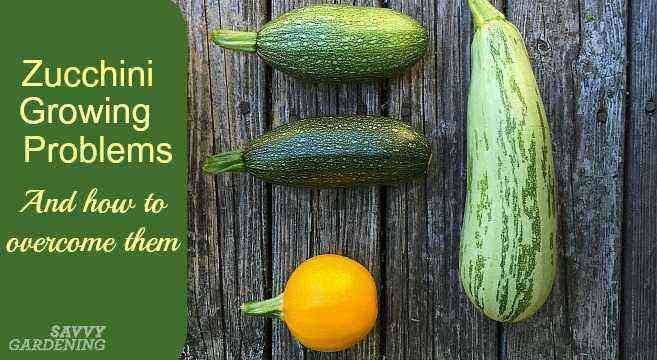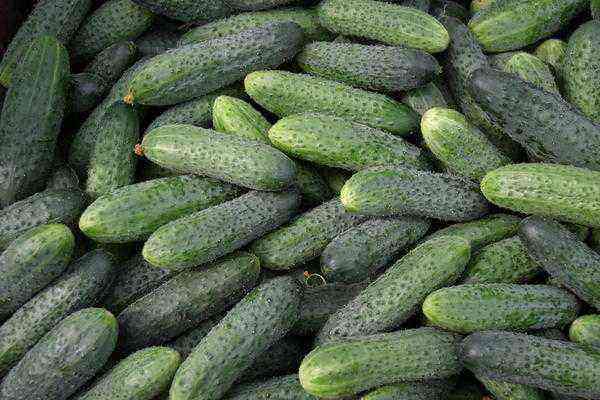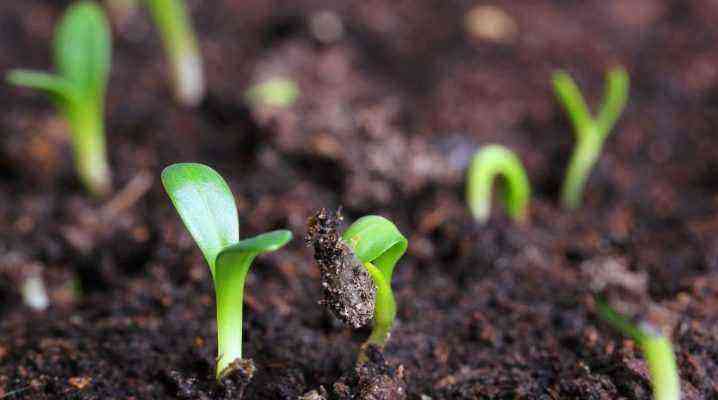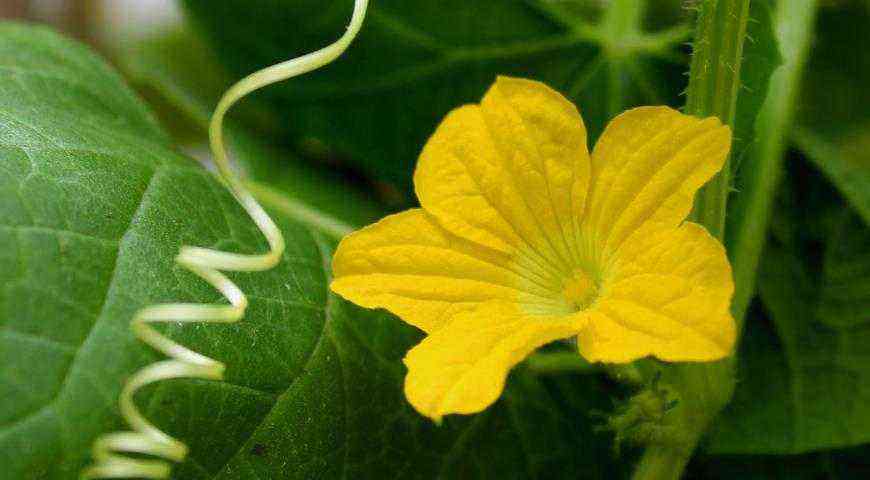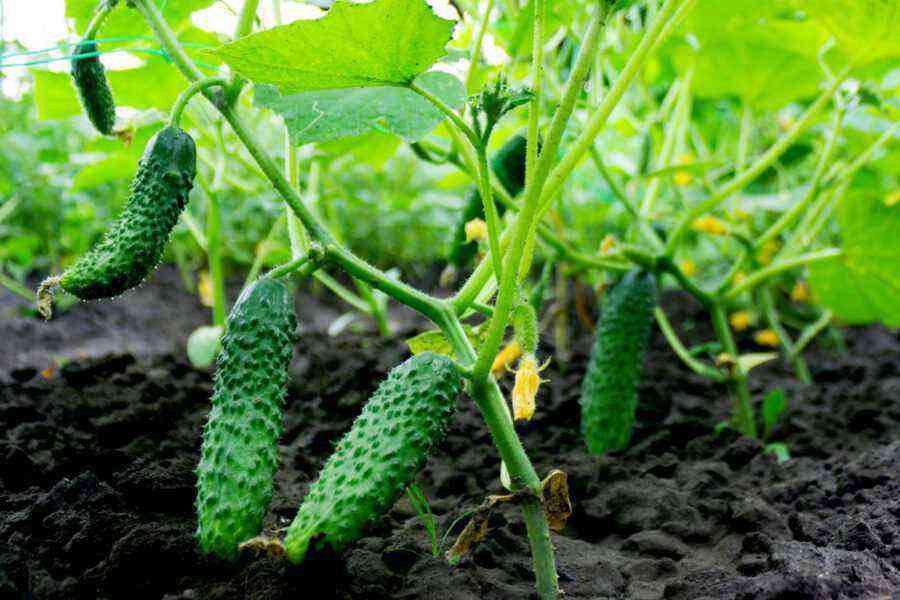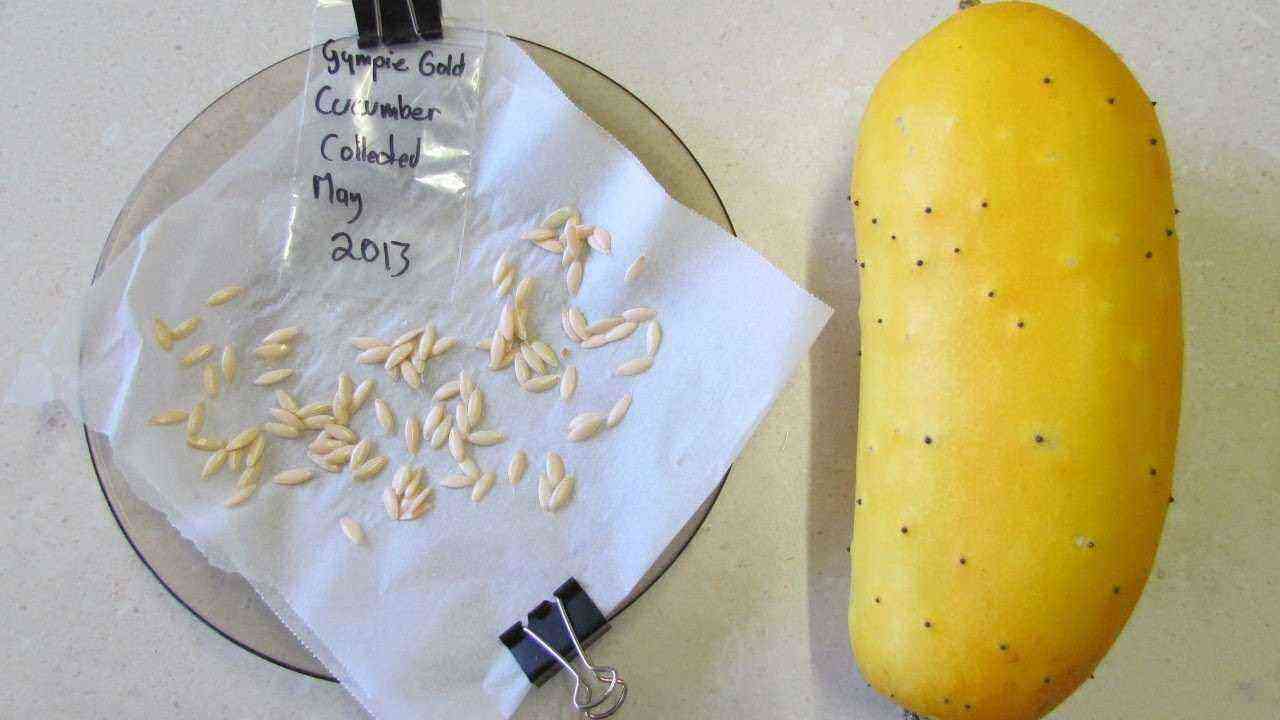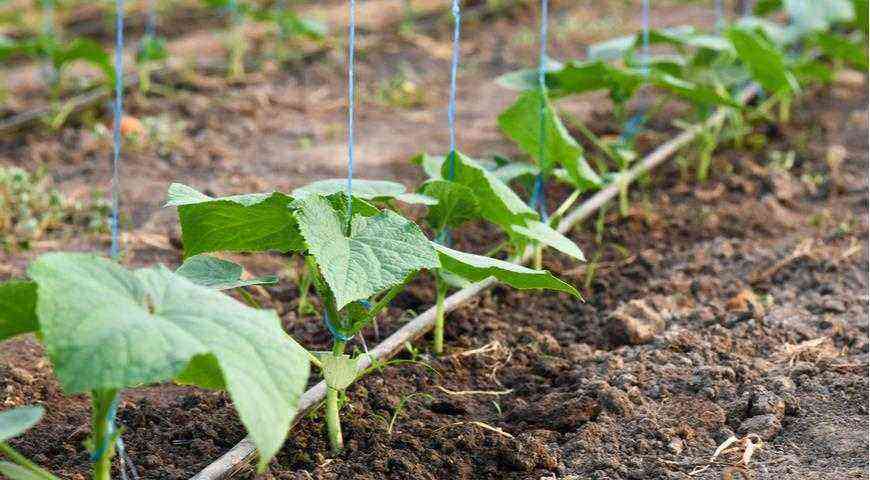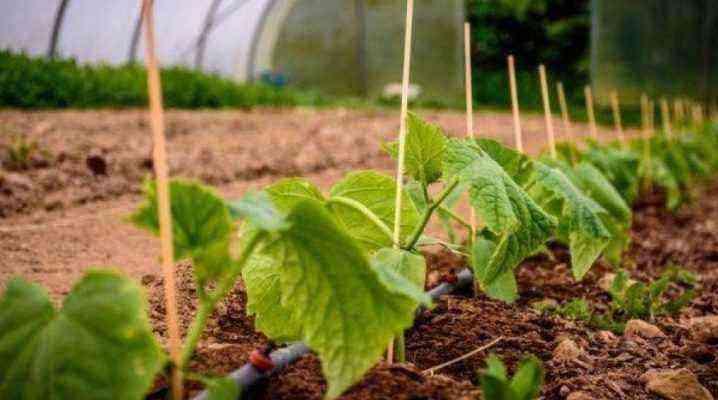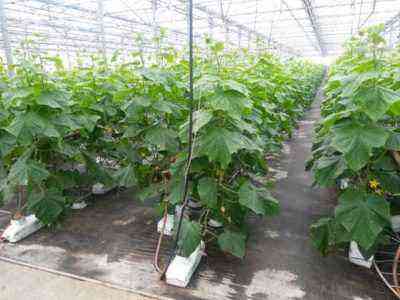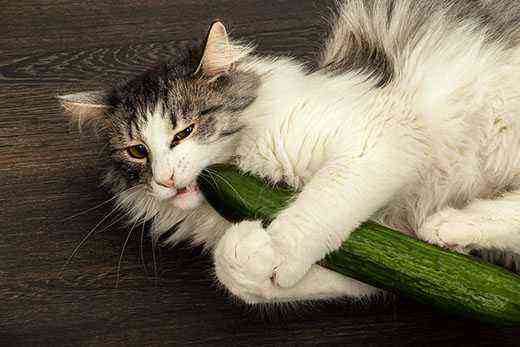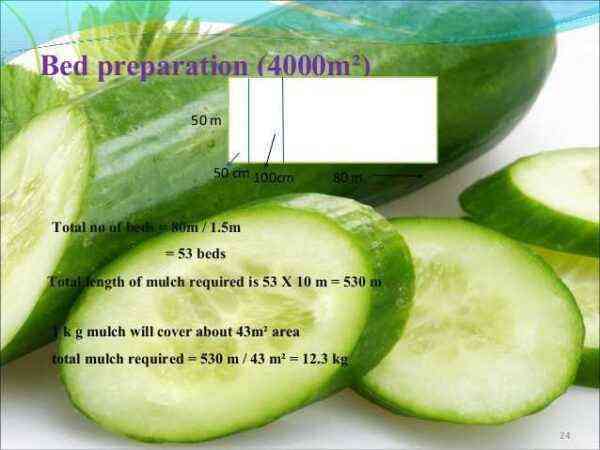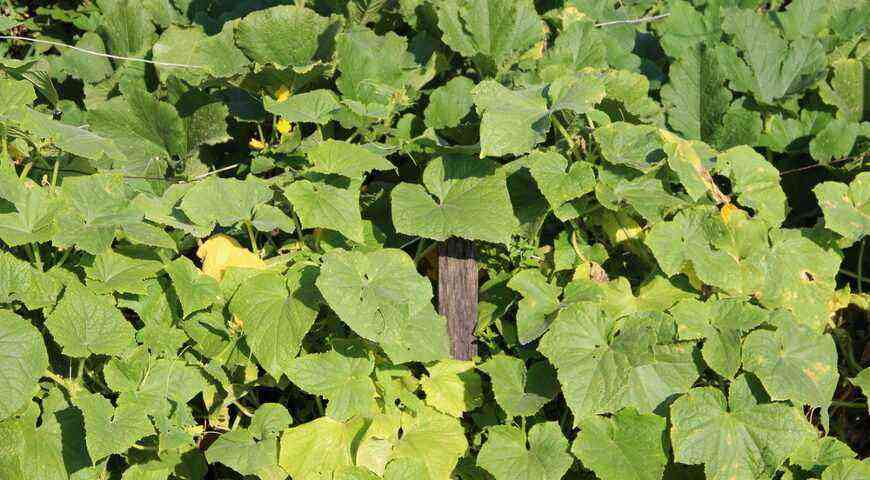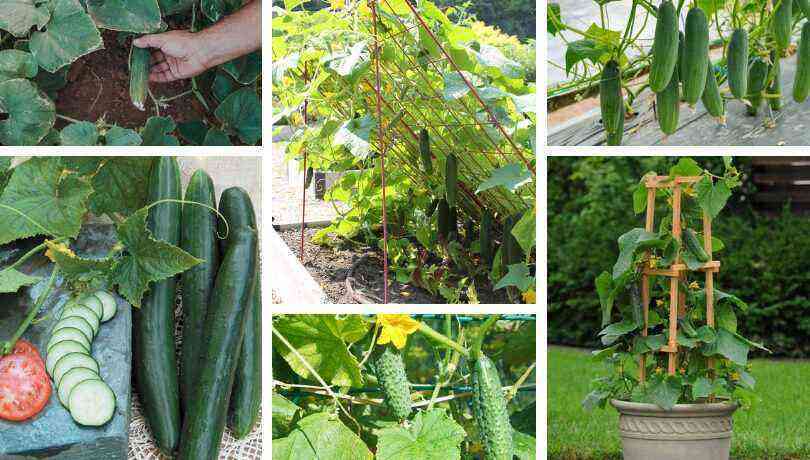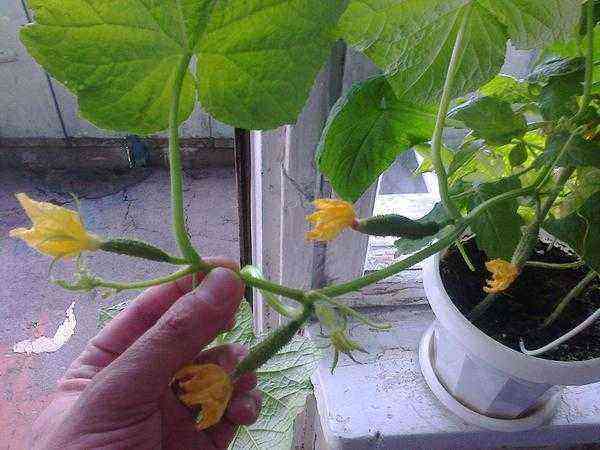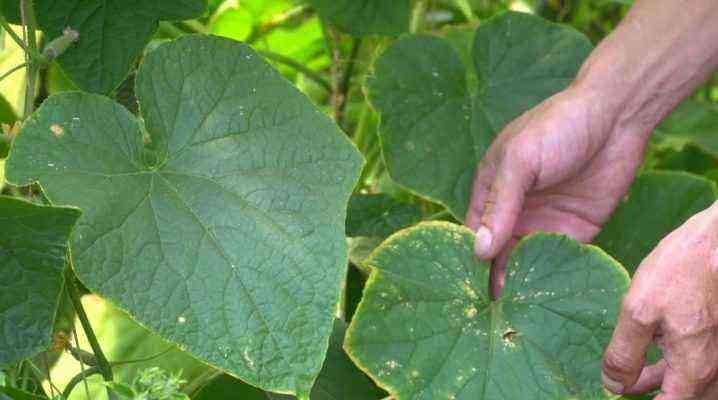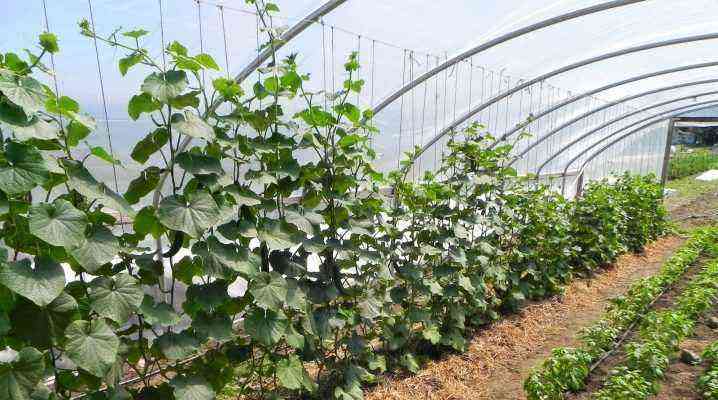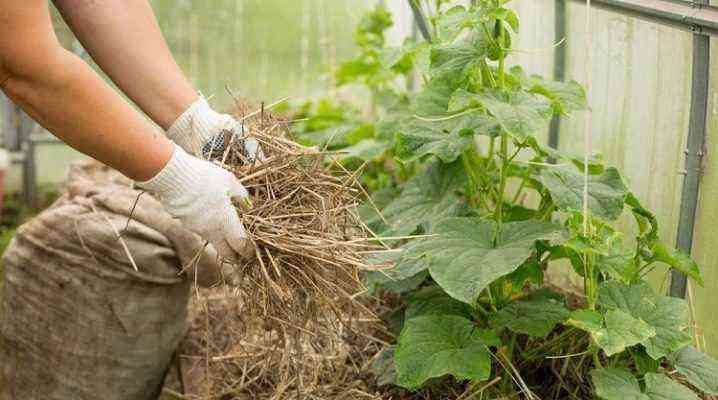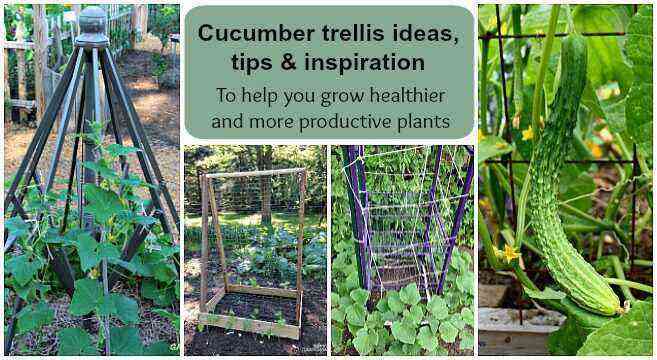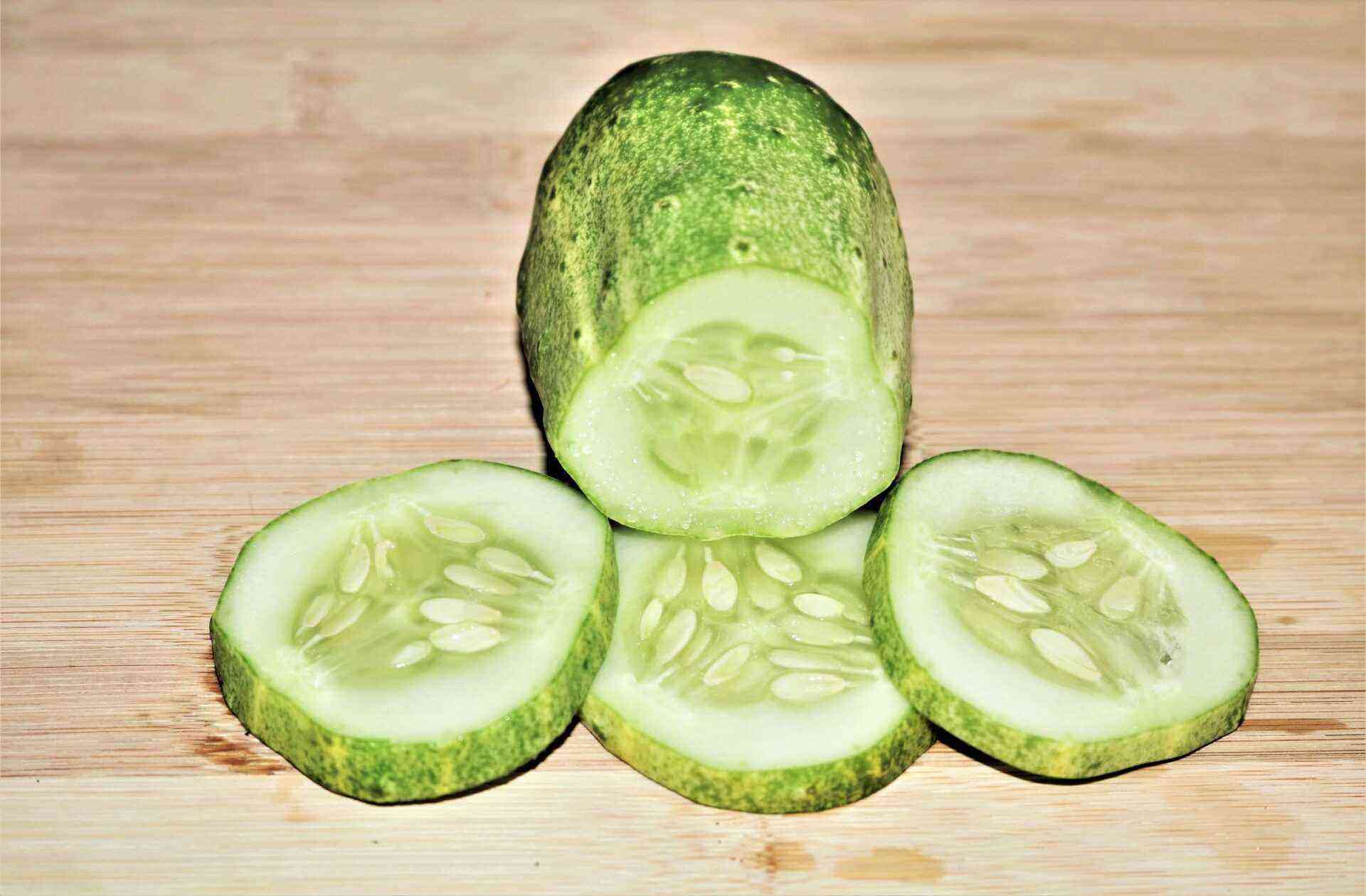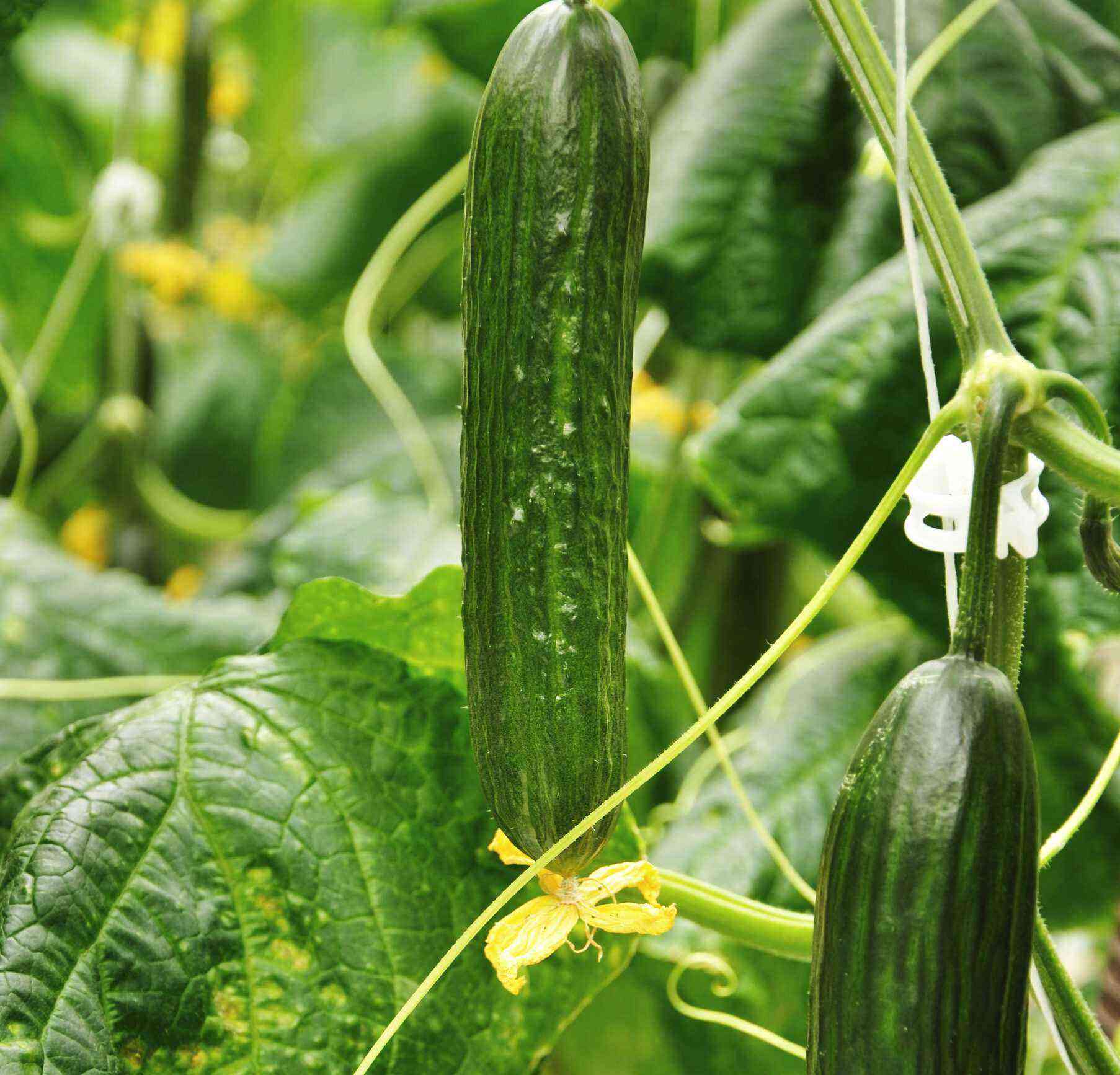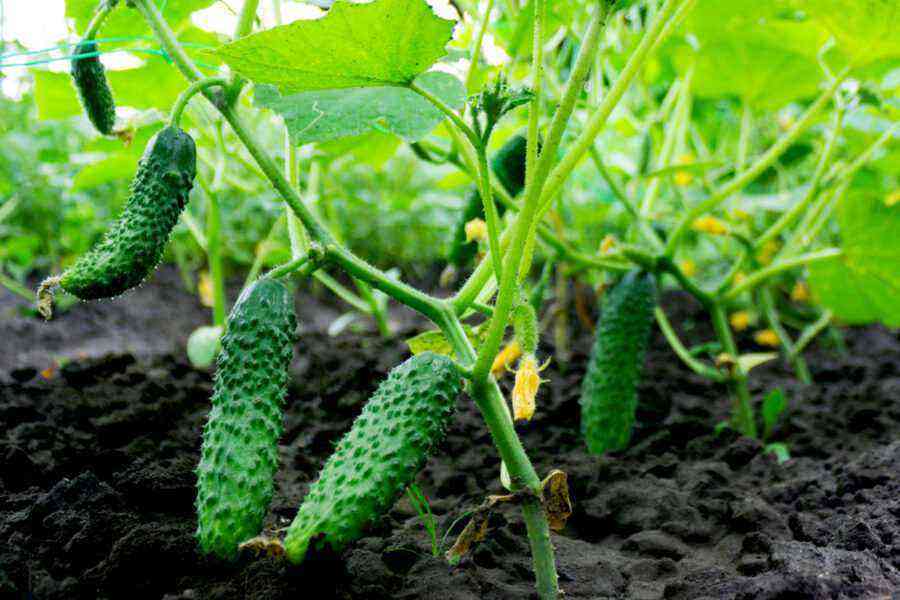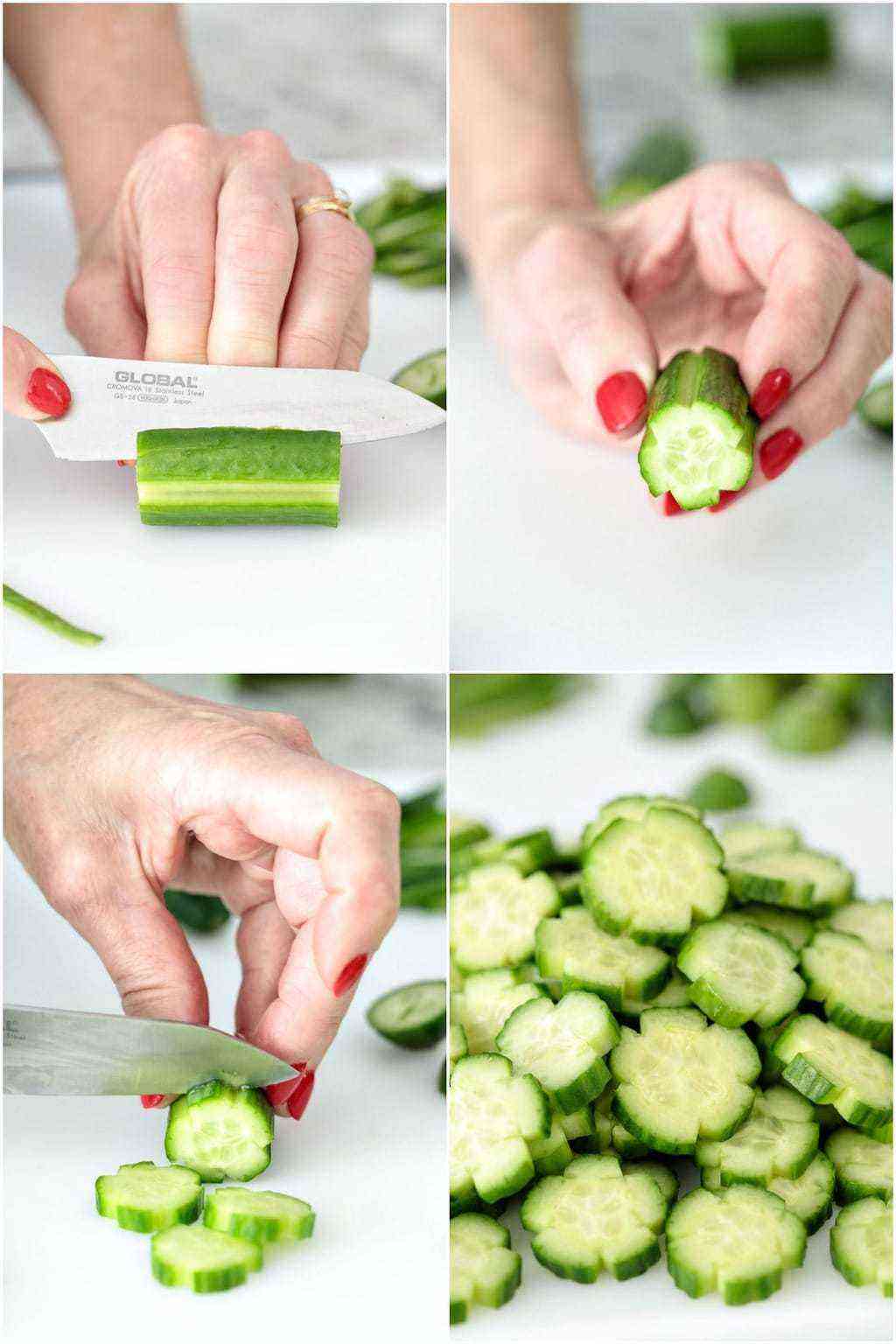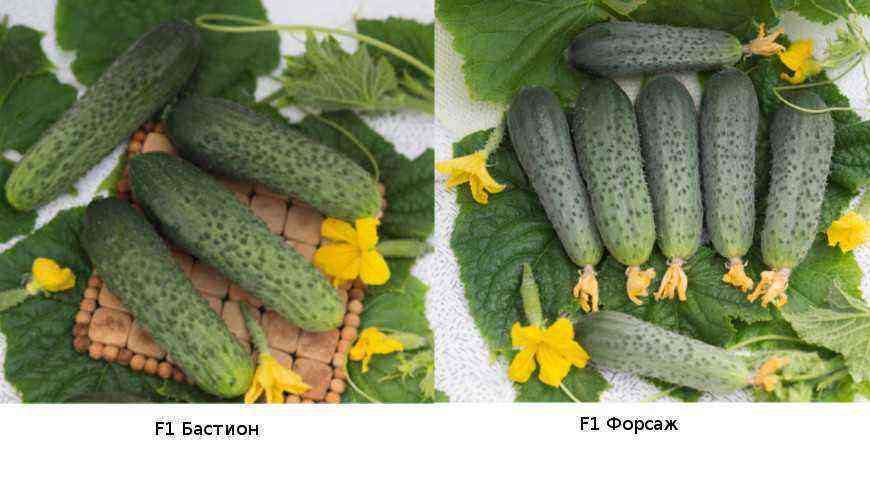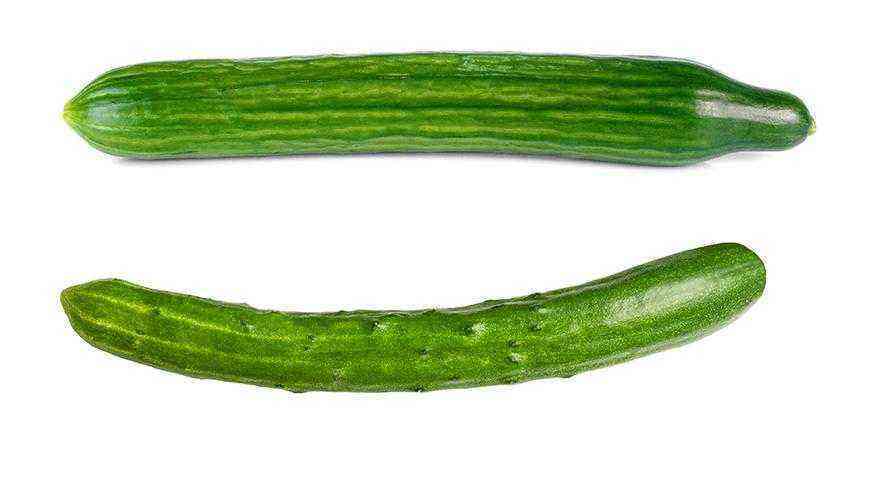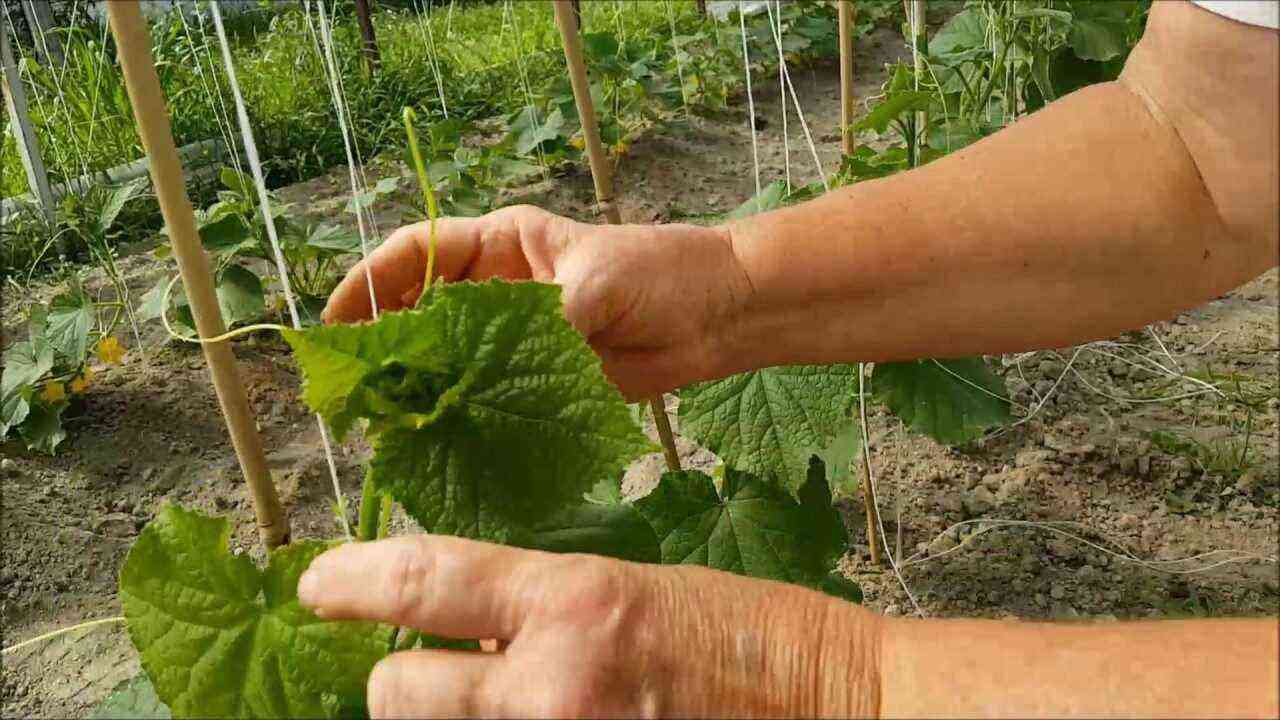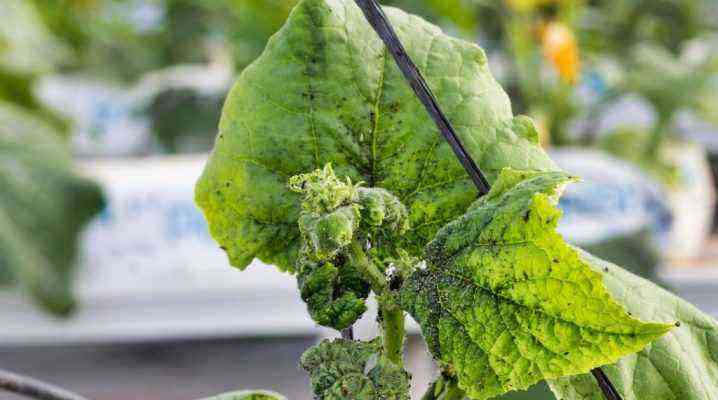Cucumbers are, without a doubt, not only one of the most popular, but also one of the earliest crops. You can get the first crop of fragrant cucumbers as early as 37-45 days after sowing. Soon after germination, young plants enter a phase of active flowering, after which quite a bit of time passes (about 12-14 days), and instead of flowers, the first greens begin to form. How to navigate the abundance of different varieties of cucumbers and really choose the earliest of them?
Good early pickles
How to choose the right varieties of cucumbers, what you should pay attention to, we discussed in the article Choosing varieties of cucumbers. They did not ignore the 15 best varieties of cucumbers for the middle lane, and they remembered unusual cucumbers and their exotic relatives. To begin with, let’s repeat an indestructible and very important rule: whatever varieties you prefer – early, medium or late-ripening – choose only those that are suitable for growing in your area, which means that they are maximally adapted to the climatic conditions of the region. Only in this case (of course, with proper care) you will get the maximum yield of cucumbers that are not afraid of diseases and will hardly suffer from adverse weather conditions.
1. ‘Altai early 166’
One of the fastest growing and highest yielding varieties. It was zoned back in 1958, but it is still one of the most popular varieties among summer residents. Begins to bear fruit about 37-39 days after germination. Fairly resistant to fungal diseases and cold hardy. Light green white-spiky spindle-shaped fruits are completely covered with small tubercles. In length, they reach 9-10 cm, and the mass of greens reaches 80 g.
2. ‘Borovichok F1’
‘Borovichok F1’ is an early maturing bee-pollinated hybrid, from the emergence of seedlings to the beginning of fruiting about 43-48 days. Predominantly female type of flowering; intended for cultivation in greenhouses, open ground; prone to the formation of parthenocarpic (self-fertile, not requiring pollination) fruits.
Early cucumbers are especially fragrant and tasty.
Zelenets reaches 10-12 cm in length, and weighs up to 80-100 g, without bitterness, green with white stripes, tuberculate, covered with small black spikes. The hybrid is resistant to root rot, powdery mildew and downy mildew. From one plant you can get up to 6 kg greens.
3. ‘Valdai F1’
Bee pollinated, predominantly female type of flowering, intended for cultivation in greenhouses and open ground. From germination to the start of fruiting, about 48-50 days. Plants are vigorous, with an average ability to form shoots, very resistant to adverse growing conditions. Zelentsy is cylindrical in shape, reaches a length of 10-12 cm, weighing about 100 g. The hybrid was specially created for processing. Relatively resistant to downy and powdery mildew, root rot.
4. ‘Salting F1’
An early ripe bee-pollinated hybrid, from the emergence of seedlings to the beginning of fruiting, which passes 45-47 days. It is intended for cultivation in an open ground. Plants are long-branched, medium-branched, medium-sized. The fruits are elongated-cylindrical large-tuberous greens 10-12 cm, weighing about 100-125 g.
5. ‘Zozulya’
Early maturing variety of cucumbers ‘Zozulya’ was zoned in 1977. First harvest through 48 days from the moment of emergence of the first shoots. High-yielding variety: from 1 m² of area you can get about 20 kg greens.
Early cucumbers can be grown both in greenhouses and greenhouses, and in open ground
Slightly tuberculate, white-thorned elongated fruits of a cylindrical shape, reach a length of 18-22 cm, and weigh up to 250-300 g. The plants are resistant to yellowing, are immune to olive blotch and some other infectious diseases.
6. ‘Cascade’
The early ripening cucumber variety ‘Cascade’ was released in 1982. The fruits are very dense crisp greens with a tuberous surface, about 4 cm in diameter and 13-16 cm long, weight, as a rule, does not exceed 150 g. extremely sensitive to humidity soil, and the lack of water affects the fruits: they become irregular in shape.
7. ‘Competitor’
Zoned in 1980, the early ripe variety ‘Competitor’ fell in love with our summer residents for its yield, resistance to bacterial spot and powdery mildew, which has plagued many gardeners in the past few years. Fruits are large-tuberous, oval-cylindrical in shape, reaching 12 cm in length, weighing up to 100 g. Variety exclusively for outdoor cultivation, bears fruit better on a trellis than just in the garden.
8. ‘Bush’
An early maturing variety with a predominantly female type of flowering is intended for cultivation under temporary film shelters and in open ground. The fruits are dark green, ovate-elongated, weighing about 70-90 g, about 10-12 cm long. The plant is slightly branching and quite compact. From 1 m² you can get about 10-12 kg of fruits.
10. ‘Moscow dude F1’
Early maturing bee-pollinated hybrid, begins to bear fruit for 40-45 days after germination. Predominantly female type of flowering, intended for cultivation in greenhouses and open ground. Plants are vigorous, with an average ability to form shoots.
The fruit is green, with white stripes, white-thorned tuberculate greenery with a diameter of about 3,5-4 cm, weighing about 100 g, reaching a length of 10-12 cm. The hybrid is extremely resistant to bacteriosis and olive blotch; about 12-15 kg of fruits.
11. ‘Muromsky 36’
Zoned in 1943, one of the most early maturing varieties: from seedlings to first fruits will pass 32-45 days. Small tuberculate light green cucumbers reach a length of 7-10 cm, they can be ovoid or ellipsoidal in shape. Active fruiting lasts about 4 weeks; from 1 m² you can get about 3-4 kg of cucumbers. Despite a lot of advantages, the fruits of the ‘Muromsky 36’ variety have one significant drawback that must be taken into account: the fruits begin to turn yellow very quickly, therefore collect them often enough.
12. ‘Finger’
Bee-pollinated universal variety. From germination to the start of fruiting, about 43-45 days. It is intended for cultivation in an open ground. Plants predominantly with a female type of flowering, strongly climbing and medium branched. The fruits are dark green, elongated-cylindrical, the surface is covered with rare large tubercles. In length, greens can reach 10-14 cm, and weigh up to 120 g. The variety is resistant to downy mildew and differs extended fruiting period – up to 2 months.
13. ‘Spring F1’
The fruiting period of this hybrid begins for 40-48 days after germination. Bee-pollinated, with a predominantly female type of flowering, intended for growing in greenhouses and open ground.
With proper care, ‘Spring F1’ will delight you with a decent harvest
Green, with light stripes, cylindrical greens weighing up to 100-120 g, up to 9-10 cm long. The hybrid is resistant to most cucumber diseases, including anthracnose, bacteriosis, downy mildew and olive spotting. With proper care, with 1 m² you can get about 25 kg of fruits.
14. ‘Semcross F1’
A bee-pollinated hybrid, the fruiting period of which is coming for 40-43 days after germination. Designed for growing in greenhouses and open ground. Plants are short. Fruit genetically devoid of bitterness, dark green, with light stripes and large tubercles, elliptical in shape, reaching 8-10 cm in length. The variety is complexly resistant to diseases.
15. ‘Nightingale F1’
Belongs to the best mid-early hybrids, begins to bear fruit for 42-46 days after germination. Cucumbers are rich green, oval-cylindrical, covered with large, rarely located tubercles. The mass of the fruit is about 70-90 g, and the greens reach 8-10 cm in length. Bee-pollinated, for cultivation in greenhouses and open ground. Plants are medium-sized, resistant to the main diseases of cucumbers.
16. ‘Sphinx’
Early ripe: fruit ripening occurs approximately for 39-40 days after germination.
Each summer resident probably has a favorite variety or hybrid of early ripe cucumbers.
The fruits are oval-elongated, evenly colored dark green, the surface is ribbed, completely covered with small tubercles. The yield of the variety is about 5 kg of greens per 1 m².
17. ‘Gypsy F1’
From the emergence of seedlings to the beginning of fruiting, this hybrid passes 43-48 days. Intended for cultivation in open ground and greenhouses. Bee-pollinated, with a predominantly female type of flowering, vigorous, with an average ability to shoot formation. Black-spined tuberculate greenery 9-11 cm long, weighing 80-100 g. The hybrid is extremely resistant to this and downy mildew, root rot.
18. ‘Fair F1’
Early maturing hybrid begins to bear fruit about for 43-48 days after germination. Bee-pollinated, with a predominantly female type of flowering, intended for growing in greenhouses and open ground. Zelentsy bright green, with white stripes, cylindrical, genetically devoid of bitterness. In length, the fruits reach 9-10 cm, weighing up to 100 g. The hybrid is relatively resistant to downy and powdery mildew, root rot.
19. ‘Advance F1’
Early maturing (39-44 days) parthenocarpic hybrid with a female type of flowering; can be grown in open ground, greenhouses and greenhouses. Plants are medium-branched (by the way, this hybrid is valued precisely for the limited growth of lateral shoots) and vigorous, therefore, they need to build a support. The fruits are cylindrical, often tuberculate, dark green; about 3-4 cm in diameter, 11-13 cm long, and weighing up to 120-130 g. The hybrid is extremely resistant to root rot, true and downy mildew, olive spotting. The yield is about 12-14 kg per 1 m².
20. ‘April F1’
Parthenocarpic (that is, self-fertile, not requiring pollination) hybrid ‘April F1’ – early, cold-resistant, with a predominantly female type of flowering. Resistant to most diseases. Begins to bear fruit for 45-55 days. It is intended for cultivation in the closed ground; successfully grown on balconies and as indoor culture. Zelentsy are cylindrical, dark green, large-tuberous, length – 20-25 cm, weight about 200-250 g.
Cucumber ‘April’ is grown in greenhouses and on balconies
Greens of this hybrid are not prone to yellowing, they have a good taste. Due to the fact that the formation of lateral shoots in plants is limited, the need for pinching and pinching, even periodic ones, is completely eliminated. From 1 m² you can get 8-13 kg of greens.
21. ‘Mullet F1’
Parthenocarpic hybrid with predominantly female type of flowering. Begins to bear fruit for 43-48 days after germination. It is intended for cultivation both in the protected, and in an open ground. Fruits 10-12 cm long, weighing about 95-100 g, often tuberculate, white-thorned, dark green. The hybrid is relatively resistant to both true and downy mildew; from 1 m² you can get up to 7 kg of greens.
23. ‘German F1’
Self-pollinated (parthenocarpic) super-yielding hybrid: first fruits for 40-43 days after germination, it is intended for cultivation in greenhouses and open ground. The fruits are medium tubercle greens about 8-10 cm long, devoid of bitterness. The hybrid is distinguished by a long fruiting period, resistance to cucumber mosaic virus, powdery mildew and cladosporiosis.
24. ‘Goosebump F1’
An early maturing parthenocarpic hybrid of the female flowering type of the Gavrish agricultural company (you can learn more about this and many other seed producers from our review).
Early maturing parthenocarpic hybrid ‘Goosebump F1‘
From germination to the start of fruiting, 42-45 days. Small black-thorned fruits with large wide tubercles reach a length of 8-12 cm. The yield per 1 m² is about 7 kg.
25. ‘Orlik F1’
An early maturing parthenocarpic hybrid of the female type of flowering, from the emergence of seedlings to the beginning of fruiting passes about 47-50 days. Designed for growing in greenhouses. The fruit is a white-spiked tuberculate greenery weighing 120-150 g, reaching a length of 14-16 cm, genetically devoid of bitterness. The hybrid is relatively resistant to root rot and downy mildew, resistant to powdery mildew.
Of course, I have not listed all the popular varieties of early cucumbers, which, thanks to the work of breeders, appear more and more every year. Yes, and listing everything does not make much sense: each of you, dear summer residents, probably has your favorites. Tell us about them in the comments, please, which varieties of early cucumbers do you like the most? Or maybe some disappointed you, and the descriptions of the characteristics declared by the manufacturers did not correspond to reality? Let’s discuss not only the most beloved, but also the varieties of early cucumbers that did not live up to expectations – this is the only way we can protect each other from mistakes. And have a good harvest!
You will find even more interesting and useful information about growing cucumbers in the publications:
